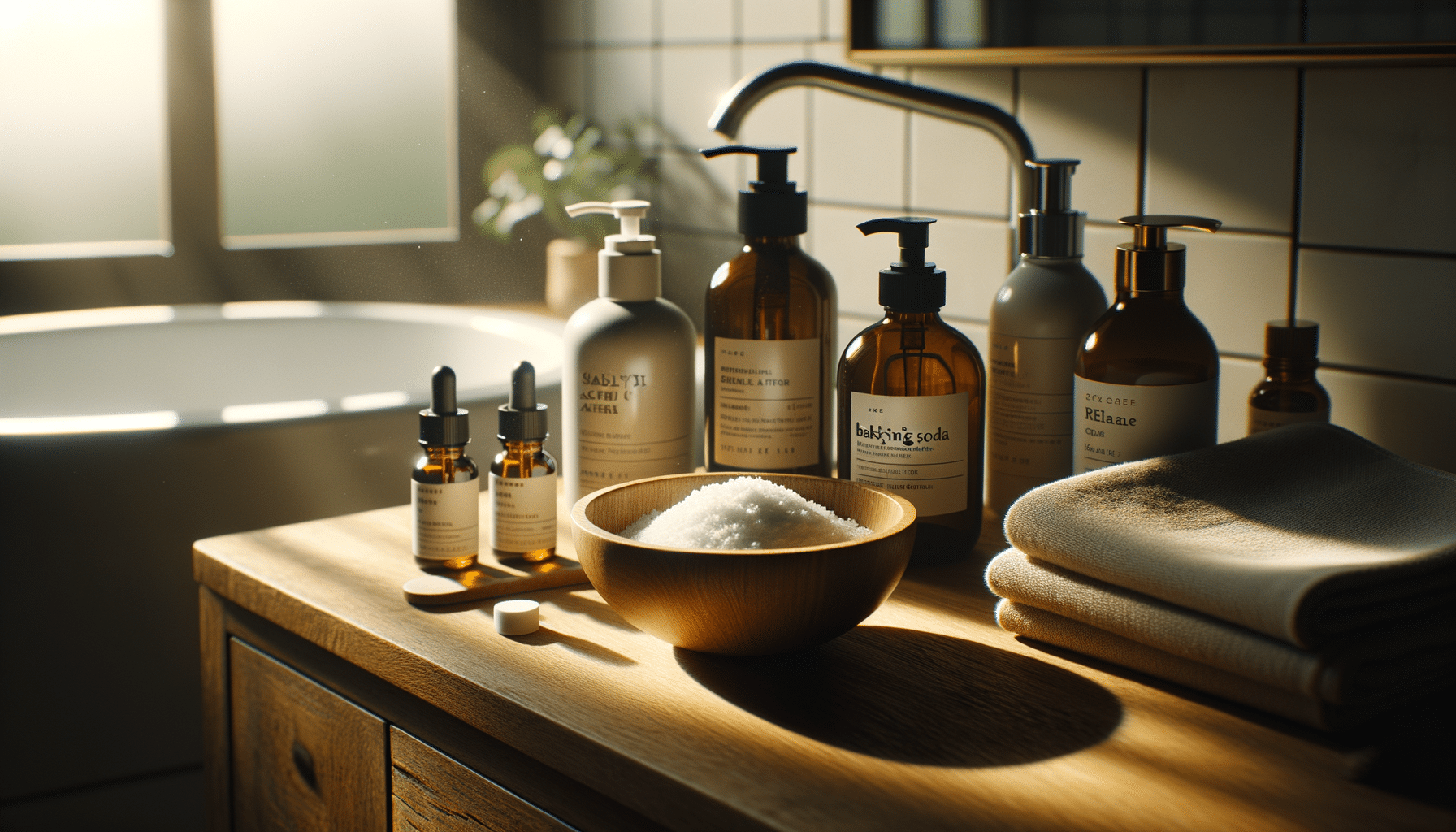
Methods for Blackhead Removal: A Comprehensive Guide
Introduction to Blackhead Removal
Blackheads are a common skin concern that can affect anyone, regardless of age or skin type. These tiny, dark spots appear when hair follicles become clogged with oil and dead skin cells. While they are not harmful, many seek to remove them for cosmetic reasons and to maintain clear skin. Understanding effective methods for blackhead removal can help individuals choose the most suitable approach for their skin type and lifestyle.
Understanding Blackheads and Their Causes
Blackheads, or open comedones, form when a clog or plug develops in the opening of hair follicles in your skin. Each follicle contains one hair and a sebaceous gland that produces oil, known as sebum, which helps keep your skin soft. Dead skin cells and oils collect in the follicle, producing a bump. If the skin over the bump opens, exposure to air causes it to look black, hence the name blackhead.
Several factors contribute to the formation of blackheads:
- Excess Sebum Production: Overactive sebaceous glands can lead to blackhead formation.
- Hormonal Changes: Hormonal fluctuations, especially during puberty, can increase oil production.
- Improper Skincare: Not cleaning your skin regularly can cause dirt and oil to accumulate, leading to blackheads.
- Diet and Lifestyle: Certain foods and habits can exacerbate skin conditions.
Topical Treatments for Blackhead Removal
Topical treatments are one of the most popular methods for blackhead removal. They are applied directly to the skin to help unclog pores and reduce oiliness. Some common topical treatments include:
- Salicylic Acid: Known for its ability to exfoliate the skin and clear pores, salicylic acid is a common ingredient in many acne treatments.
- Retinoids: Derived from vitamin A, retinoids promote cell turnover and prevent the clogging of pores.
- Benzoyl Peroxide: This ingredient helps reduce bacteria and inflammation, which can contribute to acne and blackheads.
These products can be found in various forms, such as gels, creams, and pads, and are widely available over the counter.
Mechanical Methods for Removing Blackheads
Mechanical methods involve physically removing blackheads from the skin. These methods can be effective but should be approached with caution to avoid skin damage. Some common mechanical methods include:
- Comedone Extractors: A tool designed to safely remove blackheads, often used by professionals.
- Pore Strips: Adhesive strips that pull out blackheads from the surface of the skin.
- Microdermabrasion: A professional treatment that uses a special instrument to exfoliate the skin and remove blackheads.
While these methods can provide immediate results, they should be used sparingly to prevent irritation and damage to the skin.
Natural Remedies for Blackhead Removal
For those who prefer a more natural approach, several home remedies can help manage blackheads. These methods use natural ingredients that are gentle on the skin:
- Baking Soda: Acts as a natural exfoliant to clear dead skin cells and helps neutralize the skin’s pH.
- Honey and Cinnamon Masks: Honey’s antibacterial properties and cinnamon’s exfoliating effects help reduce blackheads.
- Green Tea: Rich in antioxidants, green tea can help reduce oil production and soothe the skin.
While natural remedies can be effective, they may require consistent use over time to see significant results.
Conclusion: Choosing the Right Method for You
With numerous methods available for blackhead removal, choosing the right one depends on your skin type, budget, and personal preferences. Whether you opt for topical treatments, mechanical methods, or natural remedies, consistency is key to maintaining clear skin. It’s important to follow a regular skincare routine and consult with a dermatologist if you have persistent or severe skin concerns. By understanding the various methods available, you can make informed decisions that suit your needs and help you achieve the clear skin you desire.


